Products tagged with 'metalearth'
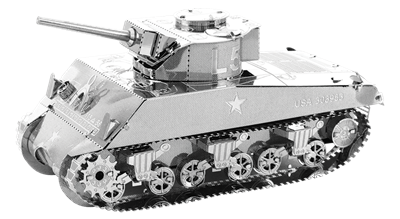
MMS204
SHERMAN TANK
The Sherman Tank was the primary tank used by the United States during World War II. The tank was named after Union General William Tecumseh Sherman. Production exceeded 50,000 units. Only the Soviet T-34 tank was produced in larger numbers during World War II. Though it was wholly inadequate against the heavier armed 56 ton German Tiger I and the 72 ton Tiger II, mobility, mechanical reliability and sheer numbers helped offset their disadvantages strategically.
$0.00
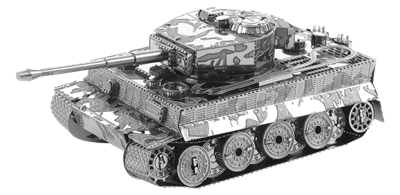
MMS203
TIGER I TANK
This German tank was the most powerful tank in the world when it was introduced in August 1942. The 88mm gun was extremely powerful and the heavy armor made it almost impervious to attack. The success of the Tiger was so profound, that no allied tank dared to engage it in open combat. This psychological fear soon became to be known as "Tigerphobia".
$0.00
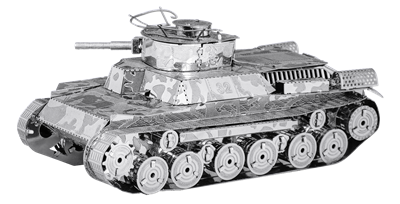
MMS202
CHI HA TANK
The Chi Ha tank was built by Mitsubishi and designated the CHI-HA. It used the Mitsubishi air-cooled 170 horsepower diesel engine and was regarded as the best tank that Japan had produced during World War II. The main armament consisted of a single 57mm gun mounted in the turret and supported by two 7.7mm self-defense machine guns.
$0.00
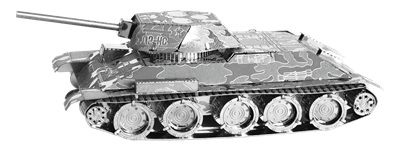
MMS201
T-34 TANK
The T-34 Tank was a Soviet tank that was produced from 1940 to 1958. Although its armor and armament were surpassed by later World War II tanks, it has been often credited as the most effective, efficient and influential tank design of WWII.
$0.00
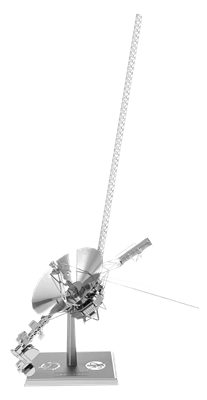
MMS122
VOYAGER
The Voyager Spacecraft: Consist of two robotic probes that were built by Jet Propulsion Laboratory in Southern California and launched by NASA in 1977. Their primary mission was the exploration of Jupiter and Saturn. Both Voyagers are now tasked with exploring interstellar space.
$0.00

MMS121
GERMAN U-BOAT TYPE XXI
German U-Boat Type XXI: Were a class of German diesel-electric submarines designed during the Second World War. They were the first submarines able to operate primarily submerged rather than spending most of their time as surface ships.
$0.00















